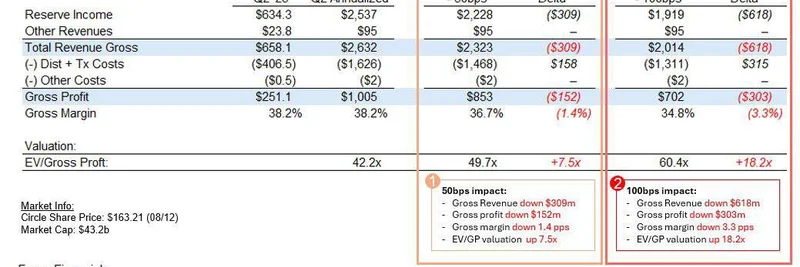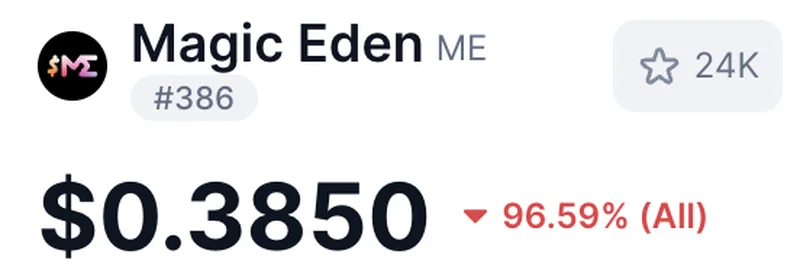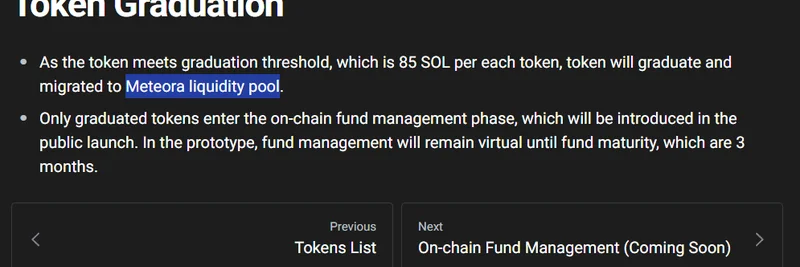In the fast-paced world of crypto, even traditional financial moves like interest rate cuts can send ripples through the ecosystem. A recent tweet from crypto commentator MartyParty highlights how these cuts could hit stablecoin issuers hard, potentially opening doors for meme coins to shine. Let's break it down in simple terms and see what it means for the meme token space.
Stablecoins like USDC from Circle and USDT from Tether are the steady players in crypto. They're pegged to the US dollar, meaning their value stays around $1, making them perfect for trading without the wild swings of other coins. But here's the key: these companies make a ton of money by investing the reserves backing their stablecoins in interest-bearing assets, like US Treasury bonds. When interest rates are high, they earn big on that interest.
MartyParty points out that with rate cuts looming—starting as early as September—the revenue from that interest will drop significantly. To keep their earnings (and valuations) up, they might need to issue more stablecoins, flooding the market with extra liquidity. Alternatively, they're already pivoting, like launching their own blockchains to generate fees from transactions.
Take a look at the chart shared in the tweet. It shows Circle's current quarterly revenue at about $634 million from reserves, but a 50 basis points (bps—that's 0.5%) cut could slash that by $309 million annualized. A bigger 100 bps drop? That's a $618 million hit. Gross profit margins would dip too, from 38.2% down to 34.8% in the worse scenario. And their enterprise value to gross profit multiple could balloon, making the company look pricier relative to earnings.
Now, why does this matter for meme coins? More stablecoin issuance means more dollars flowing into crypto exchanges and DeFi protocols. That extra liquidity often fuels speculative trading, which is where meme tokens thrive. These fun, community-driven coins—like dog-themed ones or celebrity-backed projects—love volatility and hype. With lower yields on stables, traders might shift funds into riskier assets, pumping meme coin volumes.
One intriguing angle from the thread's replies is the "unstable coin" thesis. Enter $USDUC, the self-proclaimed "first ever unstable coin" on Solana. As per its CoinMarketCap page, it's trading around $0.02-$0.03 with millions in daily volume. Unlike stables, USDUC embraces chaos and volatility, positioning itself as a meme counterpoint to the boring reliability of USDC or USDT. A reply to MartyParty's tweet calls this the bull case for accumulating $USDUC: as stables struggle with rate cuts, the narrative around "unstable" alternatives could gain traction for laughs and potential gains.
Of course, this is all speculative—crypto is unpredictable, and rate cuts could also cool the broader economy. But for blockchain practitioners eyeing meme tokens, it's a reminder to watch macro events. Stablecoin dynamics might just be the catalyst for the next meme frenzy.
Stay tuned to Meme Insider for more insights on how traditional finance intersects with the wild world of memes. If you're building in this space, understanding these shifts can help you navigate and innovate.




